Understanding the “SSSS” on Your Boarding Pass: What It Means and How to Handle It

For many travelers, the anticipation of a trip is filled with excitement and planning. However, that excitement can quickly turn into anxiety at the airport when unexpected issues arise. Imagine arriving at the check-in counter, ready for your journey, only to notice the letters “SSSS” printed on your boarding pass. This seemingly cryptic code stands for Secondary Security Screening Selection and signals that you’ve been selected for additional security checks by the Transportation Security Administration (TSA). Understanding what this means can help alleviate concerns and prepare you for what lies ahead. In this comprehensive guide, we’ll delve into what SSSS entails, why passengers might be selected, and how to navigate the process smoothly.
What Is SSSS on a Boarding Pass?
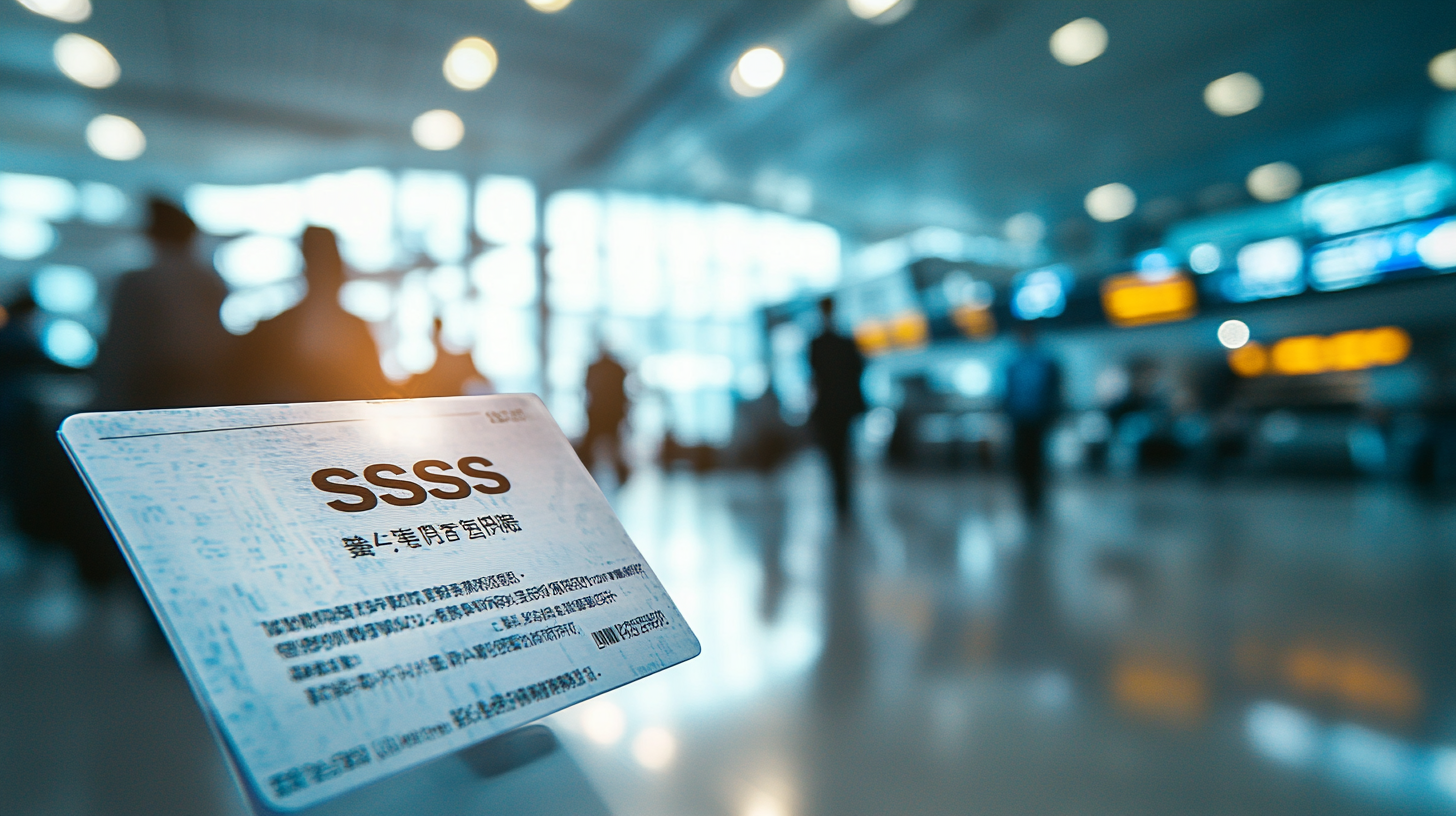
The Secondary Security Screening Selection (SSSS) is a security measure implemented by the TSA in the United States as part of its ongoing efforts to bolster aviation security. When “SSSS” appears on your boarding pass, it indicates that you’ve been chosen for a more intensive security screening before boarding your flight. This designation is not arbitrary; it’s part of a broader security framework aimed at identifying potential threats and ensuring the safety of air travel for all passengers. The extra scrutiny you may experience can include thorough searches of your personal items, comprehensive pat-downs, swabs for explosive residues, and detailed inspections of your luggage. Understanding this process is crucial for travelers who wish to navigate airport security procedures efficiently >navigate airport security procedures efficiently.
Why Passengers Are Selected for SSSS
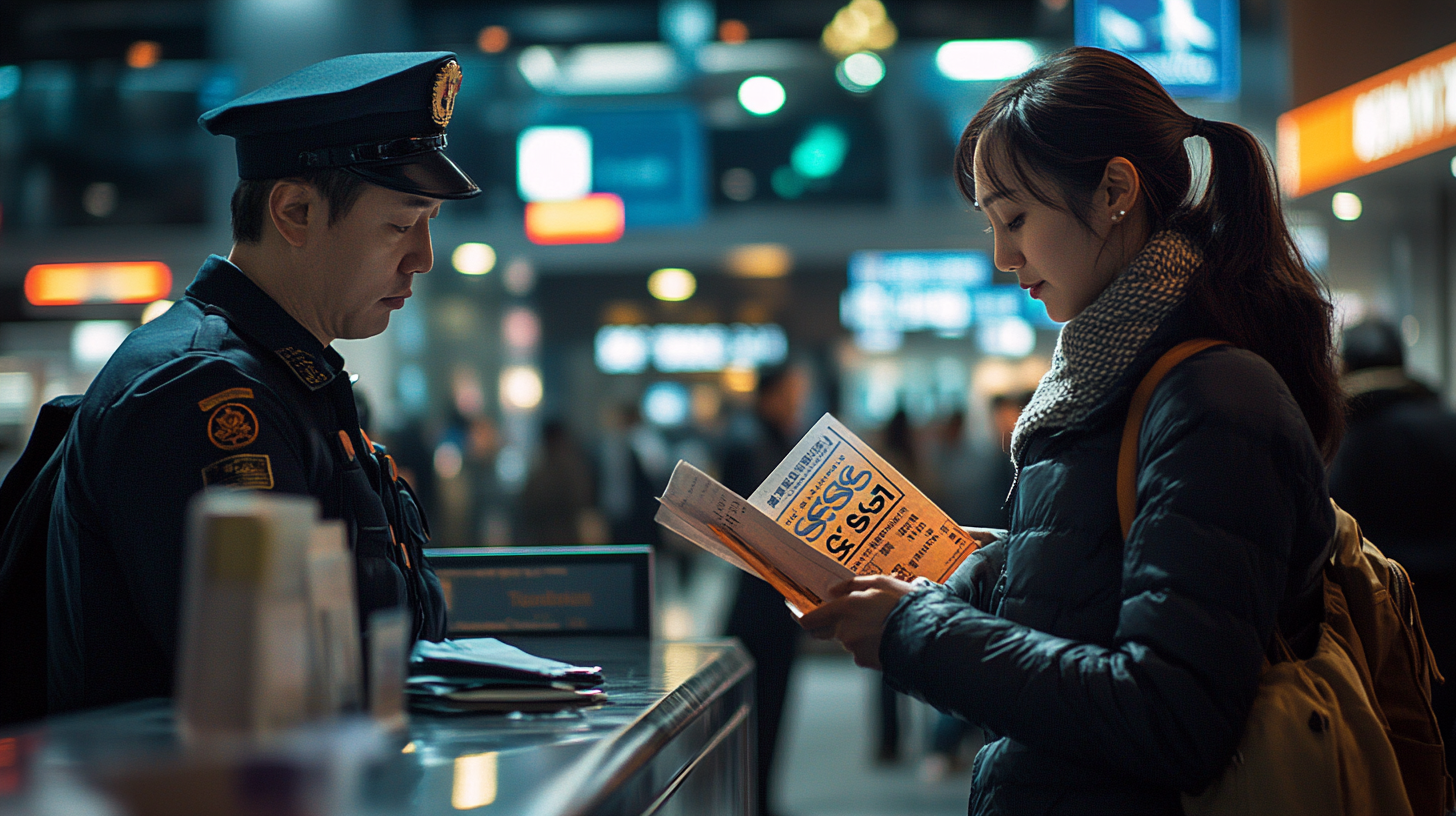
The TSA uses the Secure Flight program, a risk-based passenger prescreening system that enhances security by matching passenger information against trusted traveler lists and government watchlists. While the exact criteria for SSSS selection are undisclosed to protect the integrity of security measures, several factors may increase the likelihood of being flagged:
- Irregular Travel Patterns: If you frequently travel to or from countries considered high-risk due to terrorism or other security concerns, you may be more likely to receive the SSSS designation. Traveling to destinations with ongoing conflicts or political instability can prompt additional scrutiny.
- Last-Minute Ticket Purchases: Buying a ticket shortly before departure, especially for international flights, may raise suspicion. Last-minute travel is sometimes associated with evasive behavior. Planning your travels in advance and booking tickets ahead of time can potentially reduce this risk.
- One-Way Flights: Booking a one-way ticket without a return flight can be a red flag, as this may be viewed as unusual for typical passenger behavior. Having a round-trip itinerary often portrays a clearer travel plan.
- Paying with Cash: Purchasing flights with cash instead of a credit card might prompt extra scrutiny because cash transactions are less traceable and could be associated with illicit activities. Utilizing traceable payment methods provides transparency in your travel purchases.
- Matching Names: Sharing a name or similar personal details with someone on a government watchlist can result in selection. This can happen even due to common names. In such cases, passengers can seek redress through programs designed to resolve misidentifications, such as the DHS Traveler Redress Inquiry Program >DHS Traveler Redress Inquiry Program.
- Random Selection: Sometimes, passengers are chosen randomly for additional screening to keep the security protocols unpredictable and comprehensive.
It’s important to note that the TSA intentionally keeps its selection criteria vague to maintain security effectiveness and prevent individuals from attempting to circumvent the system. Therefore, predicting or completely avoiding SSSS selection can be challenging.
The SSSS Screening Process
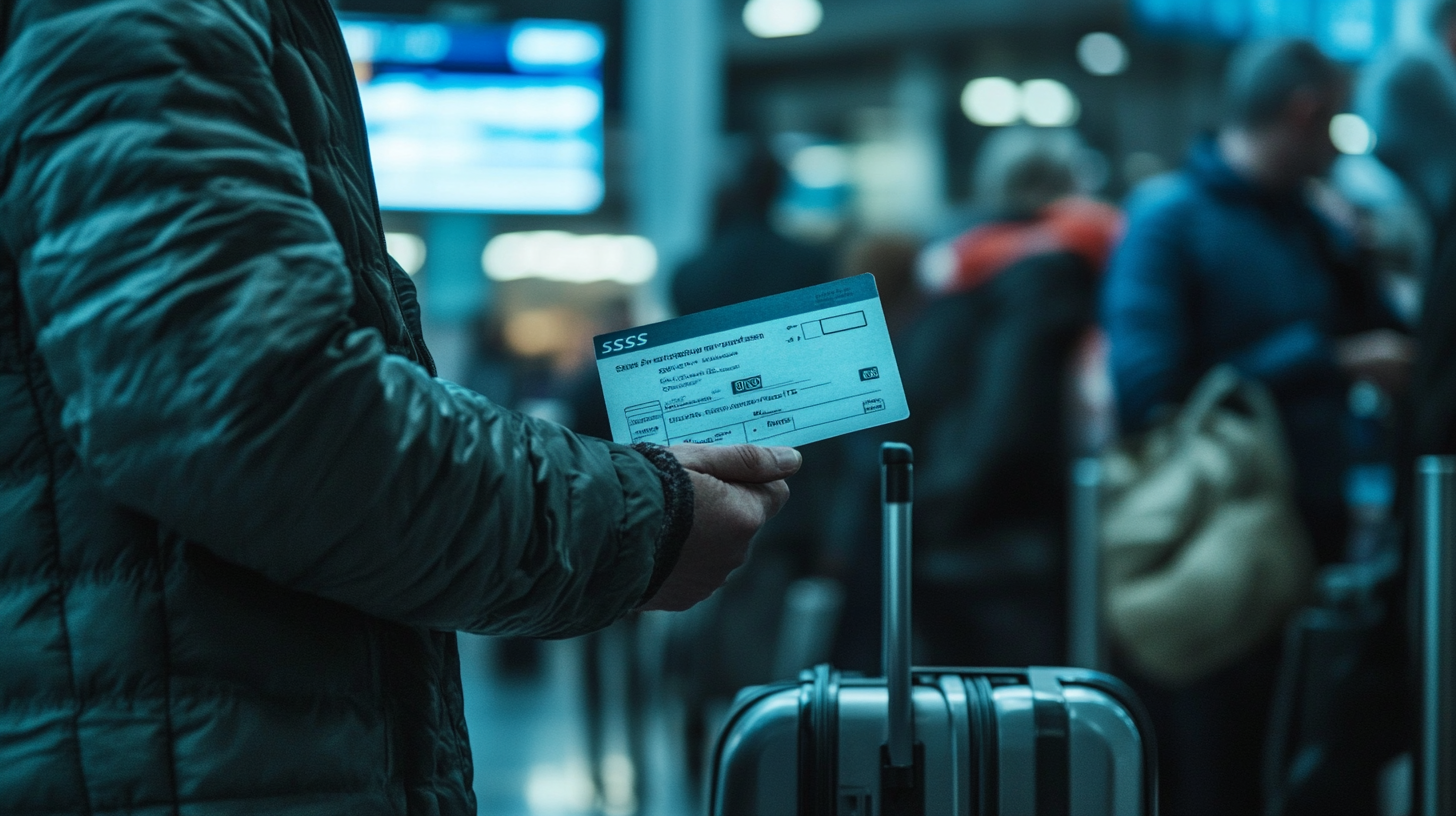
Being selected for SSSS means you’ll undergo a more exhaustive security check than standard screening procedures. Understanding what this entails can help you remain calm and cooperative. Here’s what you can expect:
- Identity Verification: TSA agents will closely inspect your identification and boarding pass to confirm your identity. This may include comparing your physical appearance with your photo ID and verifying the authenticity of your documents. Ensuring that your identification is up-to-date and readily accessible can expedite this process.
- Body Screening: You may be required to pass through a metal detector and a full-body scanner. If anomalies are detected, or as part of the SSSS protocol, a thorough pat-down may be conducted by an officer of the same gender. This screening is intended to detect prohibited items that may not be found by standard screening methods.
- Luggage Inspection: All carry-on items will be meticulously searched. Agents may open your bags and inspect each item individually. They may also swab your belongings for explosive residues or other prohibited substances using specialized equipment. Packing your items neatly and in an organized manner can make the inspection process smoother.
- Additional Questioning: TSA personnel might ask you questions about your travel plans, the purpose of your trip, and details about your luggage contents. Answering honestly and succinctly can help move the process along.
The duration of the SSSS screening can vary, ranging from a few extra minutes to over half an hour, depending on the circumstances and any findings during the screening. Being prepared and familiar with TSA’s screening procedures and passenger rights >TSA’s screening procedures and passenger rights can help reduce uncertainty during this process.
Impact on Passengers
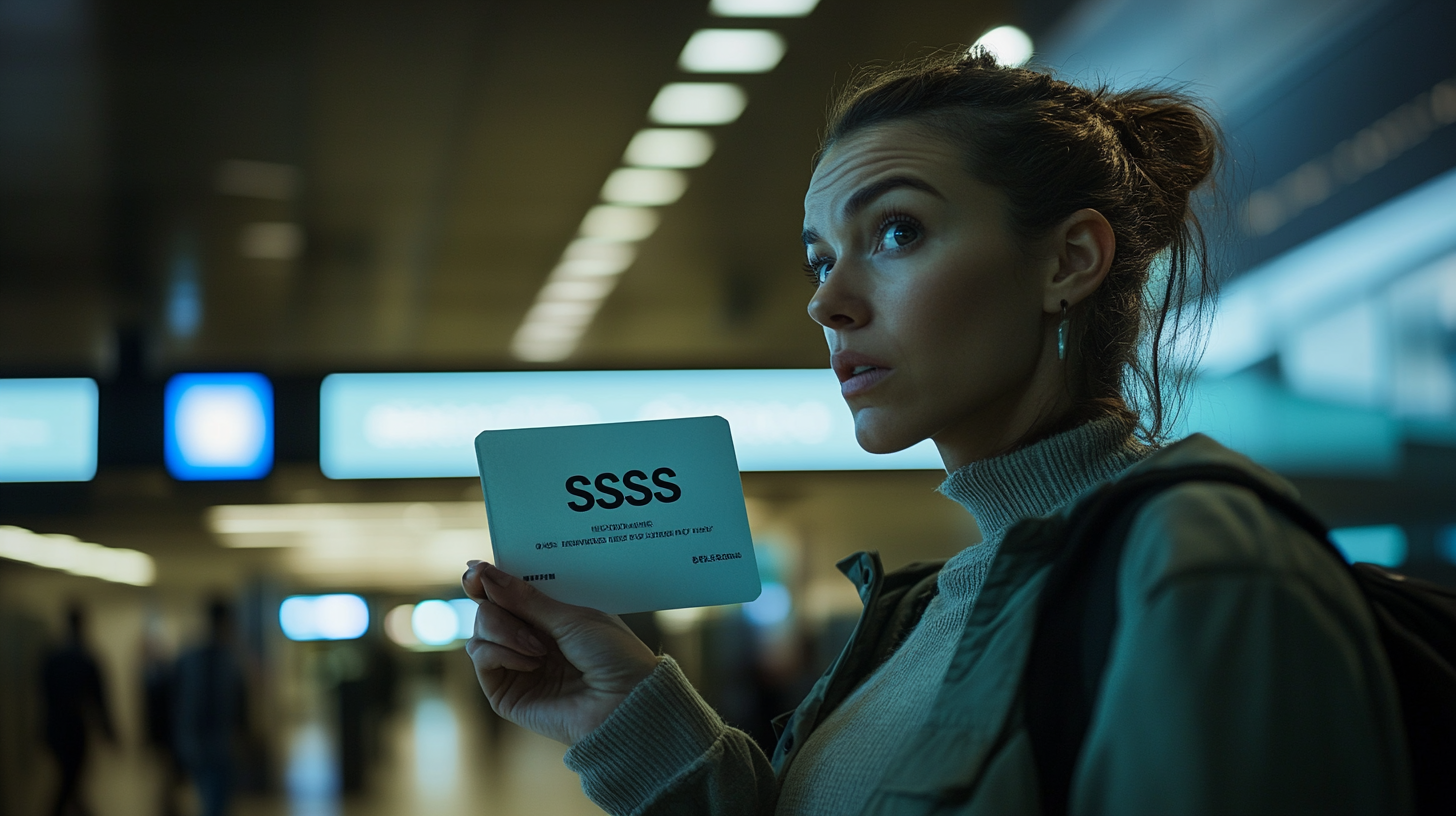
While undergoing SSSS can be inconvenient and sometimes feel invasive, it’s crucial to stay patient and cooperative. The process is designed to enhance aviation security and ensure the safety of all passengers. However, there are some considerations to be mindful of:
- Delays: The additional screening may cause you to miss flights if not accounted for in your schedule. It’s advisable to arrive at the airport earlier than usual if you discover the SSSS designation on your boarding pass.
- Privacy Concerns: The thoroughness of the search might feel intrusive to some travelers, especially during pat-downs or detailed inspections of personal belongings. Remember that you have the right to request that screenings be conducted in a private area if that makes you more comfortable.
- Stress and Anxiety: The process can be stressful, especially if you’re unfamiliar with it or if you’re in a hurry. Engaging in calming techniques, like deep breathing or mindfulness practices for anxious travelers >mindfulness practices for anxious travelers, can help manage anxiety during the screening.
Understanding these potential impacts can help you prepare mentally and logistically for the possibility of additional screening.
How to Handle Being Selected for SSSS

If you find “SSSS” on your boarding pass, here’s how to navigate the situation smoothly:
- Arrive Early: Budget extra time at the airport to accommodate the additional screening. It’s recommended to arrive at least three hours before an international flight and two hours before a domestic flight. This cushion can help reduce stress associated with potential delays.
- Be Prepared: Have your identification and travel documents readily accessible. Organize your carry-on luggage so that electronics and liquids are easy to remove if asked. Familiarize yourself with TSA’s prohibited items list >TSA’s prohibited items list to ensure you’re not carrying anything that could cause further delays.
- Stay Calm and Cooperative: Follow the instructions of TSA agents courteously to expedite the process. Displaying frustration or hostility can escalate the situation and potentially cause more delays. Remember, the agents are performing their duties to ensure safety.
- Understand Your Rights: While cooperating, you’re entitled to request that any physical screenings be conducted by an officer of the same gender and in a private area if you prefer. Voice any concerns respectfully, and don’t hesitate to ask for clarification on procedures. Being informed about passenger rights during TSA screenings >passenger rights during TSA screenings can empower you during the process.
By taking these steps, you can help ensure that the additional screening is as smooth and stress-free as possible.
How to Potentially Avoid SSSS Selection
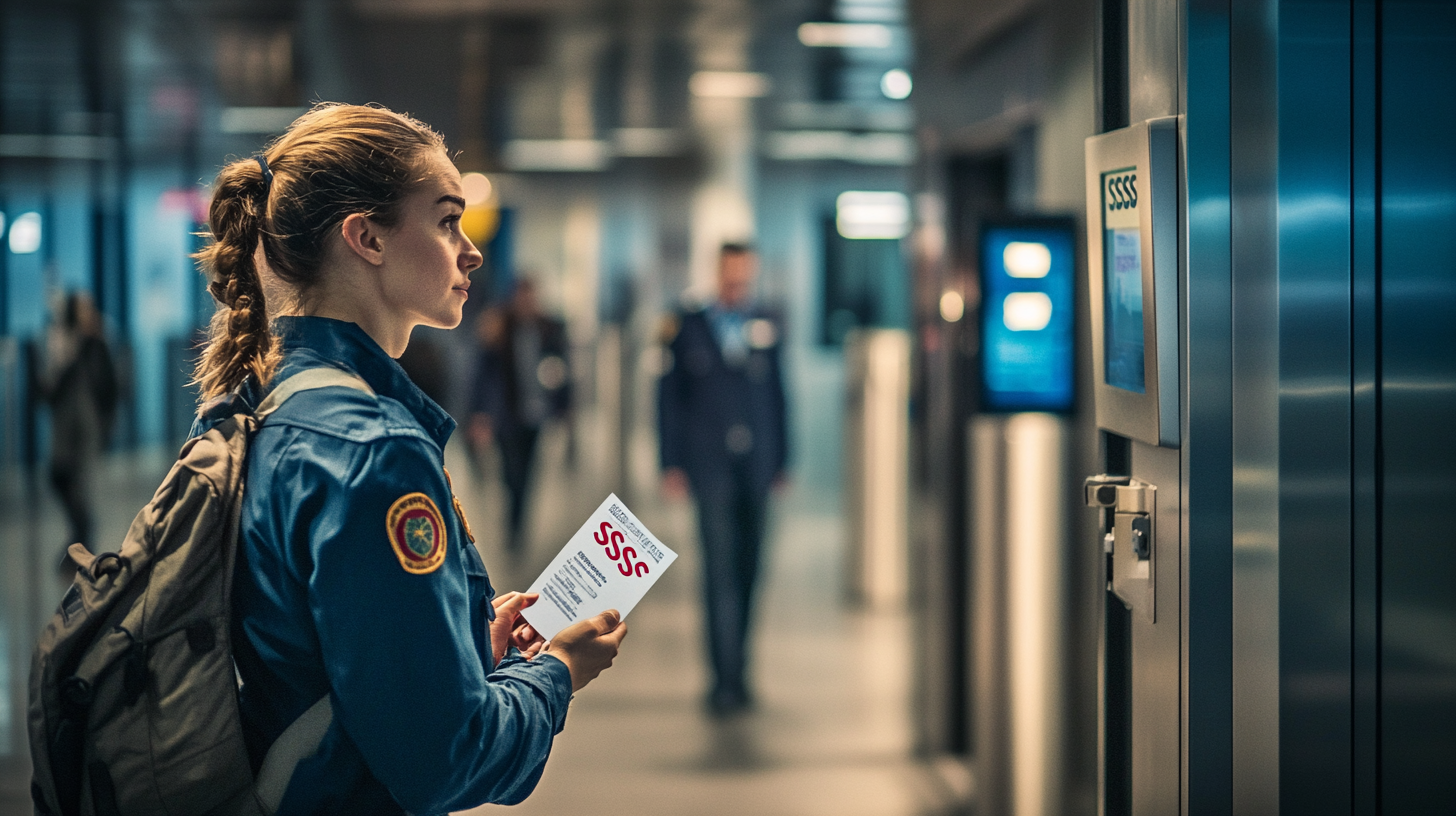
While there’s no guaranteed way to avoid receiving the SSSS designation, certain strategies may reduce your chances of being selected:
- Book Round-Trip Flights: Avoid one-way tickets when possible, as round-trip itineraries are considered more typical of leisure and business travelers. A return ticket provides a clear indication of your travel plans.
- Purchase Tickets in Advance: Refrain from last-minute bookings unless necessary. Planning and booking your flights well ahead of time can reduce the perceived risk associated with sudden travel.
- Use Credit Cards: Pay for flights using traceable payment methods instead of cash. Electronic payment methods provide a record that can be verified if needed, which adds credibility to your booking.
- Maintain Consistent Travel Patterns: If possible, keep your travel habits consistent. Sudden changes, such as flying to new destinations out of your ordinary routine, might trigger scrutiny. Enrolling in trusted traveler programs like TSA PreCheck >TSA PreCheck or Global Entry >Global Entry can also help streamline your security experience.
- Avoid Suspicious Behavior: Be mindful of your actions and demeanor at the airport. Nervousness, avoiding eye contact, or erratic behavior can draw attention. Remaining calm and composed contributes to a smoother journey through security.
However, given the random nature of selections and the undisclosed criteria used by security agencies, these measures might not always be effective. It’s important to be prepared for the possibility of additional screening regardless of your efforts.
Privacy and Discrimination Concerns
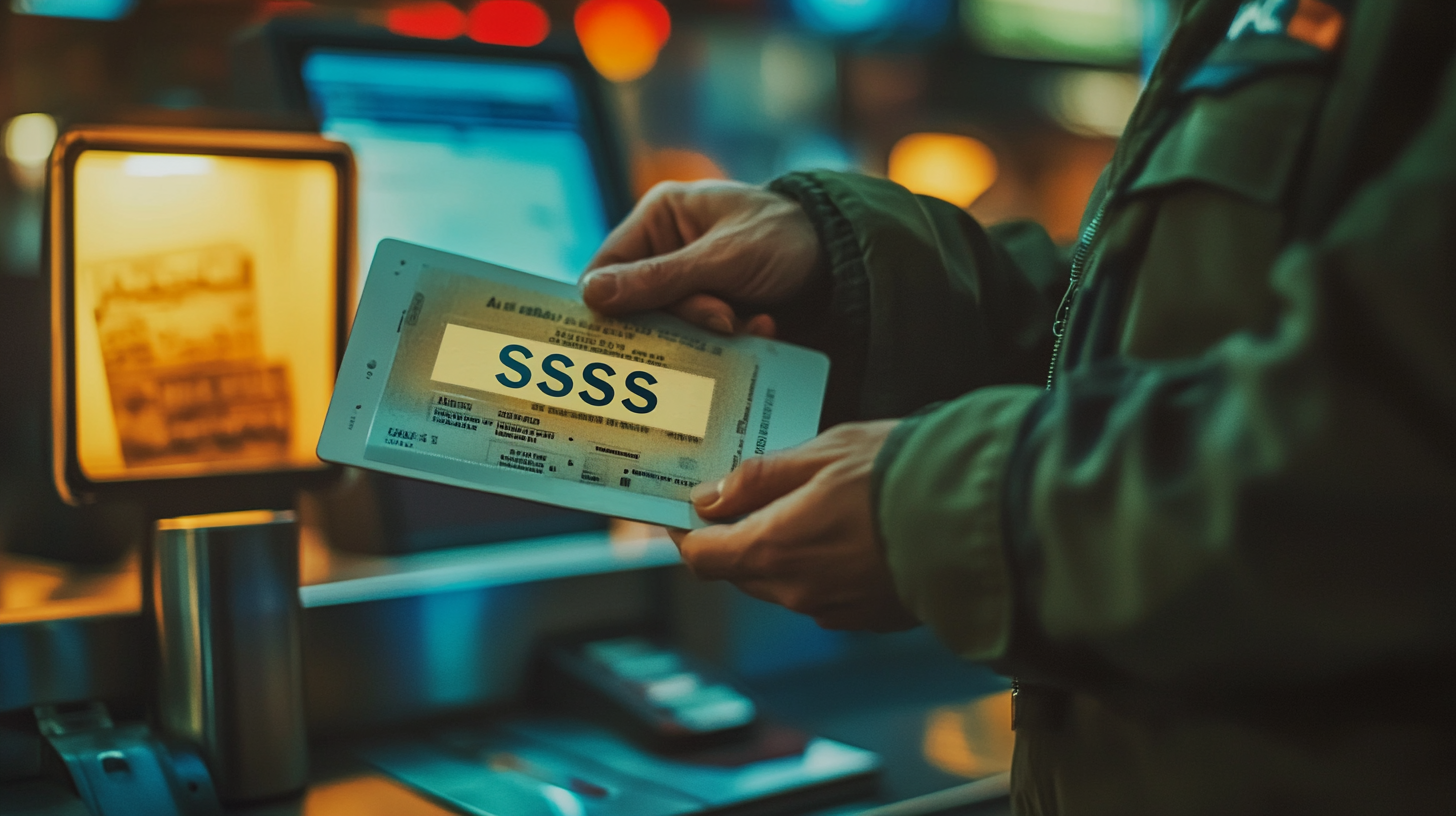
The opacity of the SSSS selection process has raised significant concerns among travelers, advocacy groups, and civil liberties organizations regarding privacy and potential discrimination. Critics argue that:
- Lack of Transparency: The undisclosed criteria make it difficult for passengers to understand why they were selected or how to contest the designation. This lack of transparency can lead to feelings of helplessness and frustration among affected travelers.
- Potential for Profiling: There are concerns that the SSSS system may disproportionately target individuals based on race, ethnicity, religion, or national origin. Passengers from certain countries or with specific backgrounds may be more frequently subjected to additional screening, raising issues about fairness and equality. Studies on profiling in airport security >profiling in airport security highlight the need for balance between security and civil liberties.
- Harassment Risks: There are fears that the system could be misused to harass government critics, journalists, or activists, potentially infringing upon freedom of speech and expression. Instances where individuals feel they have been unjustly targeted can erode trust in security institutions.
These concerns highlight the delicate balance between ensuring security and respecting individual rights. Ongoing discussions between security agencies, lawmakers, and civil rights organizations aim to address these issues, striving for transparency and fairness in security procedures while maintaining effective protective measures.
Redress Options for Frequent Selections
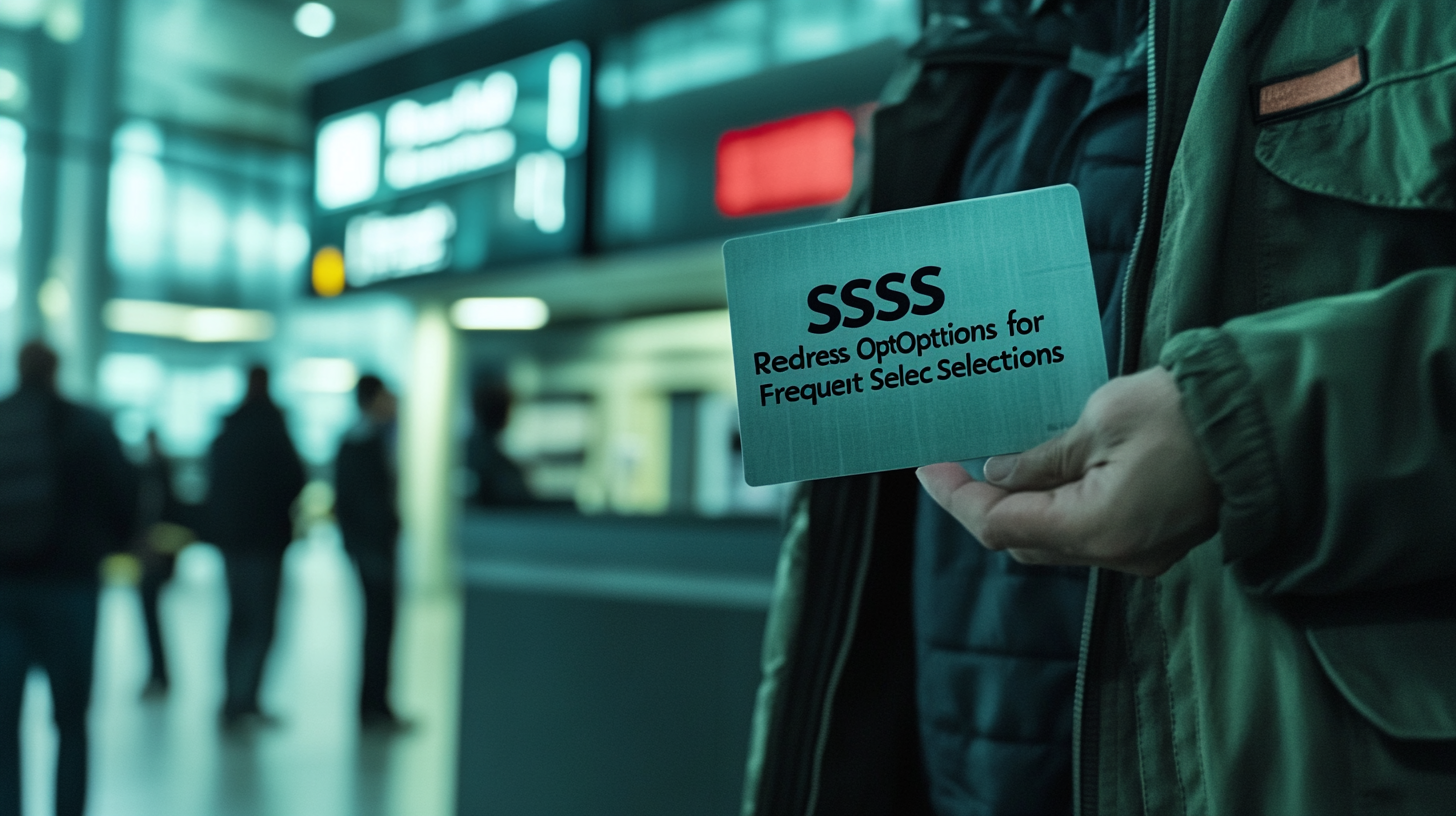
If you find yourself repeatedly selected for SSSS without clear reasons, you might be on a watchlist or experiencing an error in the system, such as being misidentified with someone else. In such cases, you can seek resolution through the Department of Homeland Security’s Traveler Redress Inquiry Program (DHS TRIP). This program allows travelers to:
- File a Complaint: Submit an inquiry through an online form to address issues related to travel screening. The process is straightforward and accessible to all passengers experiencing difficulties.
- Obtain a Redress Number: After your case is reviewed, you may receive a Redress Control Number, a unique identifier that you can include in future travel reservations. This helps the TSA differentiate you from individuals on watchlists who may have similar identifying information.
- Correct Erroneous Information: Work towards rectifying any incorrect data or records that might be causing the selection. By providing documentation and details, you can help authorities update or correct information that leads to repeated screenings.
Applying for redress is free and can be a proactive step in mitigating frequent and unwarranted SSSS selections. For more detailed information on the process and how to apply, you can refer to DHS TRIP application guidelines >DHS TRIP application guidelines.
Final Thoughts
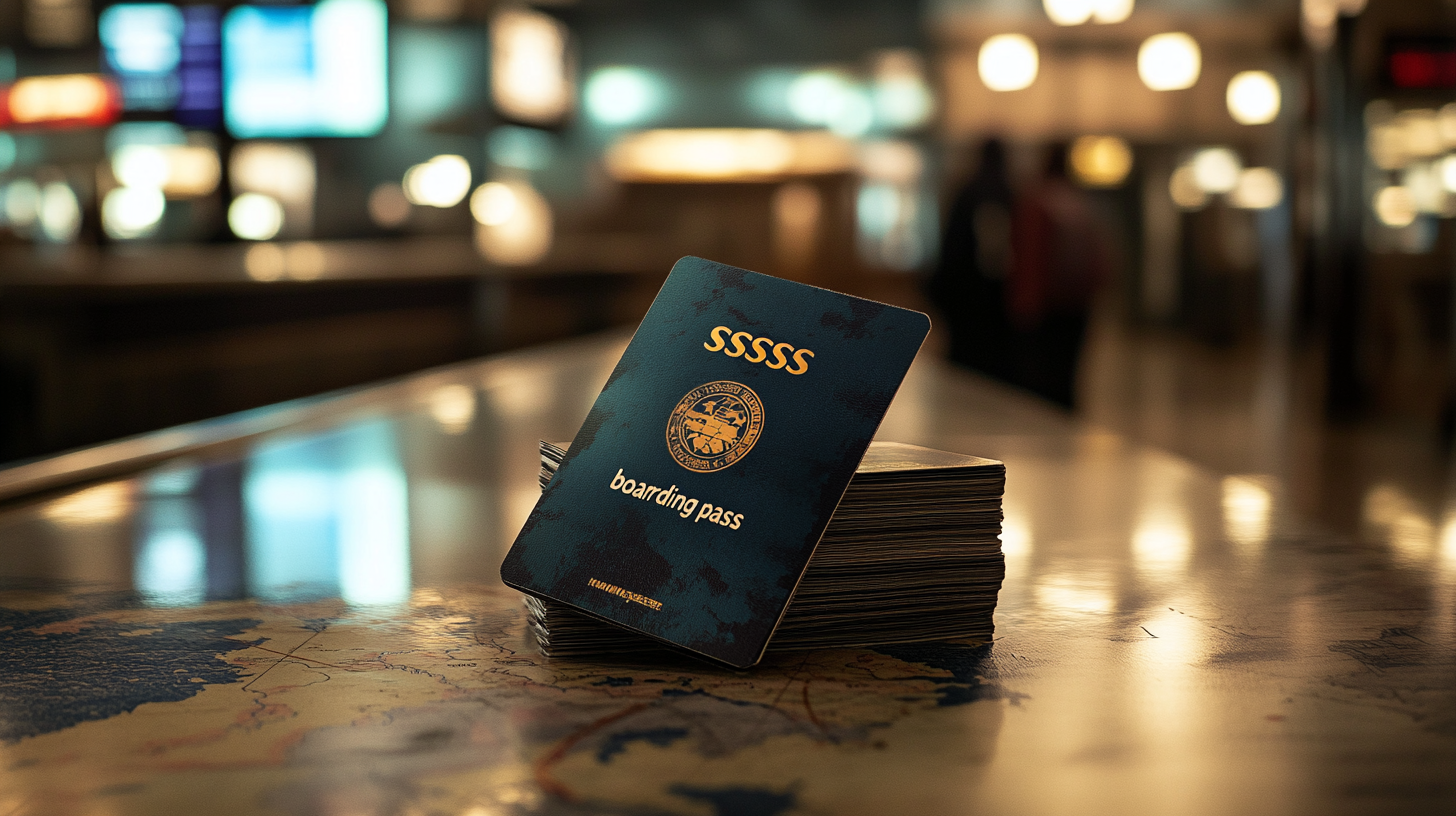
Seeing “SSSS” on your boarding pass can indeed be unsettling, but understanding what it means and how to handle it can significantly alleviate the stress associated with the additional screening. Knowledge empowers you to navigate the process with confidence. While the process is part of the TSA’s efforts to ensure aviation safety for all, staying informed and prepared can make your travel experience much smoother.
Follow us back to Seat 5A for more insights and tips on navigating air travel. Traveling is an enriching experience that broadens horizons and connects people across the globe. By being proactive and informed about security procedures like SSSS, you can navigate the skies with confidence and peace of mind.






